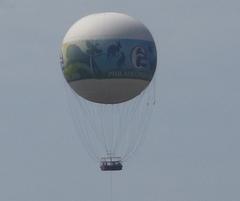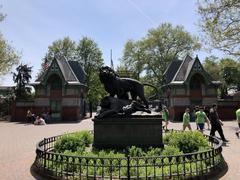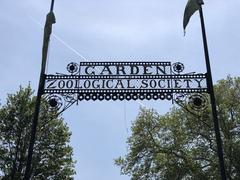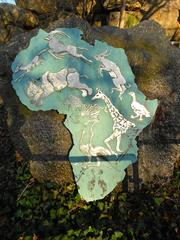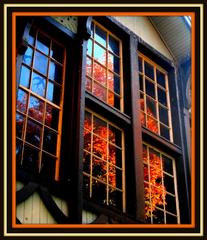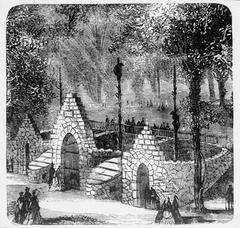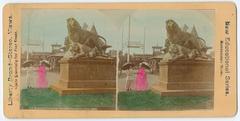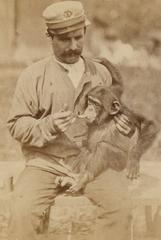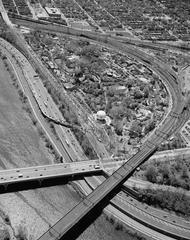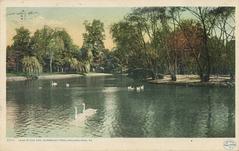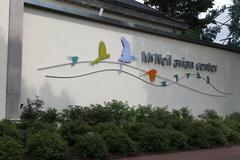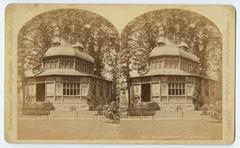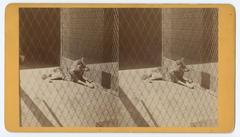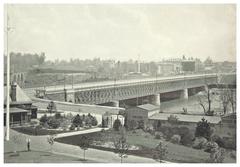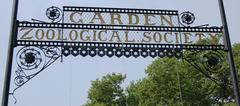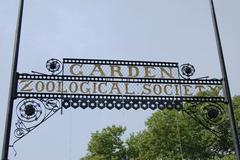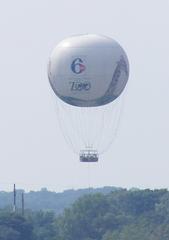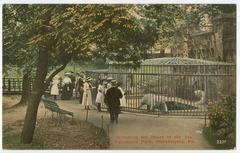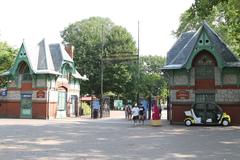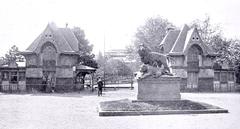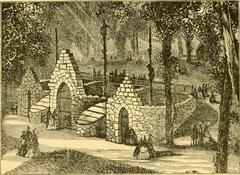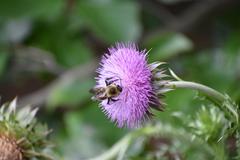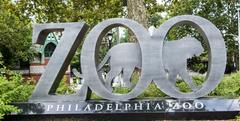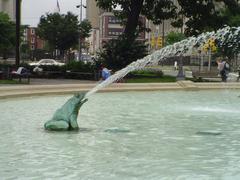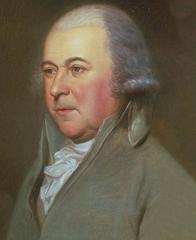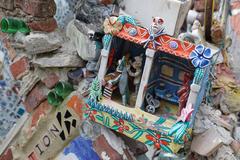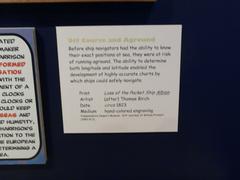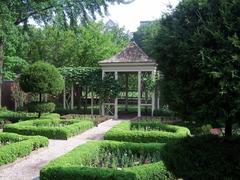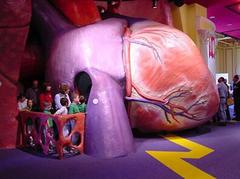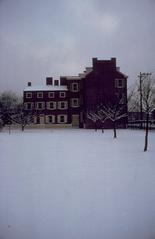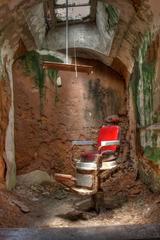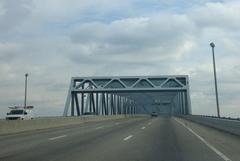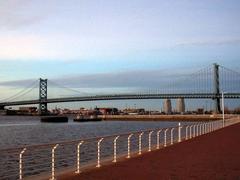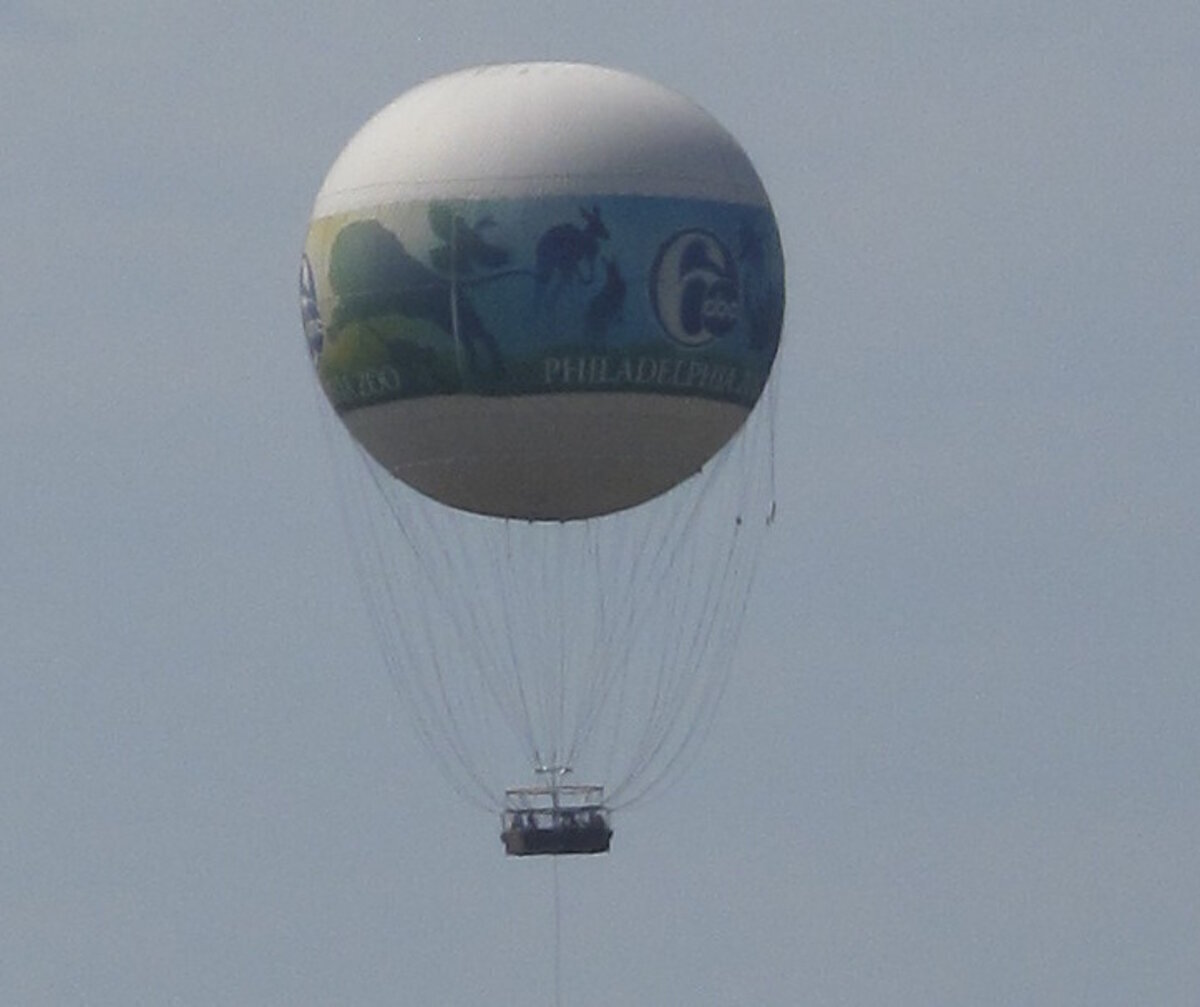
Philadelphia Zoo Visitor Guide: Hours, Tickets, and Tips
Date: 17/07/2024
Introduction
The Philadelphia Zoo, established on July 1, 1874, is America’s first zoo and a landmark of historical and cultural significance. Located in Philadelphia, Pennsylvania, this zoo is not merely a place to view exotic animals but a pioneer in wildlife conservation, education, and community engagement. The zoo was founded by the Philadelphia Zoological Society in 1859, but its opening was delayed due to the Civil War, making its eventual inauguration a momentous occasion in American history (Philadelphia Zoo History). With its Victorian-style architecture designed by Frank Furness and its scenic location near the Schuylkill River, the zoo offers a unique blend of history and natural beauty (Historic Buildings).
Throughout the years, the Philadelphia Zoo has adapted and expanded, introducing innovative exhibits such as the Zoo360 Animal Exploration Trails, which allow animals to roam more freely, mimicking their natural habitats (Zoo360 Trails). The zoo’s educational programs, including KidZooU and various school field trips, offer interactive and hands-on learning experiences that inspire a deeper understanding and appreciation of wildlife (KidZooU). Furthermore, the zoo’s significant contributions to global conservation efforts, such as the breeding of endangered species like the Amur tiger and Western lowland gorilla, underscore its role as a leader in animal husbandry and conservation (Zoo Milestones).
This guide aims to provide a comprehensive overview of the Philadelphia Zoo, covering its rich history, visitor information, travel tips, nearby attractions, and future plans. Whether you’re planning a visit to enjoy a day out with family or to delve into the world of zoology and conservation, the Philadelphia Zoo promises an unforgettable experience.
Table of Contents
- Introduction
- History of the Philadelphia Zoo
- Visitor Information
- Nearby Attractions
- Future Directions
- Frequently Asked Questions (FAQ)
- Conclusion
History of the Philadelphia Zoo
Founding and Early Years
The Philadelphia Zoo, established on March 21, 1859, holds the distinction of being America’s first zoo. However, due to the Civil War, it did not open to the public until July 1, 1874. The zoo was founded by the Philadelphia Zoological Society, which was formed by prominent Philadelphians inspired by the London Zoo. The initial 42-acre site was chosen for its proximity to the Schuylkill River and Fairmount Park, providing a picturesque and accessible location for visitors (Philadelphia Zoo History).
Architectural Significance
The zoo’s original layout and buildings were designed by Frank Furness, a notable Philadelphia architect. The Victorian-style architecture of the zoo’s structures, such as the Solitude House, which dates back to 1784, adds historical and aesthetic value to the site. The Solitude House, originally a summer home for John Penn, the grandson of William Penn, is one of the oldest structures within the zoo grounds (Historic Buildings).
Expansion and Development
Throughout the late 19th and early 20th centuries, the Philadelphia Zoo expanded its collection and facilities. By the early 1900s, the zoo had acquired a diverse array of animals, including exotic species from around the world. The zoo’s first elephant, named “Gunda,” arrived in 1888, and the first orangutan was introduced in 1928. These additions marked significant milestones in the zoo’s efforts to educate the public about wildlife and conservation (Zoo Milestones).
Conservation Efforts
In the mid-20th century, the Philadelphia Zoo began to shift its focus towards conservation and education. The establishment of the Rare Animal Conservation Center in 1951 marked a pivotal moment in the zoo’s history. This center was one of the first of its kind in the United States, dedicated to the breeding and preservation of endangered species. The zoo’s commitment to conservation was further solidified with the creation of the Zoo360 Animal Exploration Trails, an innovative system of elevated trails that allow animals to roam more freely and engage in natural behaviors (Zoo360 Trails).
Modernization and Renovations
The late 20th and early 21st centuries saw significant modernization efforts at the Philadelphia Zoo. In 1999, the zoo opened the PECO Primate Reserve, a state-of-the-art facility designed to provide a more naturalistic environment for primates. The reserve features large, open spaces and complex habitats that encourage physical and mental stimulation for the animals. Additionally, the zoo has undertaken numerous renovation projects to update and improve its facilities, ensuring that it remains a leading institution in animal care and conservation (Primate Reserve).
Educational Programs
Education has always been a core component of the Philadelphia Zoo’s mission. The zoo offers a wide range of educational programs for visitors of all ages, including school field trips, summer camps, and interactive exhibits. The KidZooU - Hamilton Family Children’s Zoo & Faris Family Education Center, opened in 2013, is a prime example of the zoo’s commitment to education. This interactive exhibit combines play areas, animal encounters, and educational displays to teach children about wildlife and conservation in an engaging and hands-on manner (KidZooU).
Notable Achievements
The Philadelphia Zoo has achieved numerous milestones in its long history. In 1970, the zoo successfully bred the first cheetah cubs born in captivity in the United States, a significant achievement in the field of animal husbandry. The zoo has also been a leader in the care and breeding of rare and endangered species, including the Amur leopard, the Sumatran orangutan, and the Western lowland gorilla. These efforts have contributed to global conservation initiatives and have helped to raise awareness about the importance of protecting endangered species (Zoo Milestones).
Community Engagement
The Philadelphia Zoo has always been an integral part of the local community. The zoo hosts numerous events and programs designed to engage and educate the public, such as the annual Boo at the Zoo Halloween celebration and the Summer Ale Festival. These events provide opportunities for visitors to learn about wildlife and conservation in a fun and festive atmosphere. The zoo also partners with local schools and organizations to provide educational resources and support for community initiatives (Community Programs).
Visitor Information
Tickets and Visiting Hours
Planning a visit to the Philadelphia Zoo? Here’s what you need to know:
- Opening Hours: The zoo is open daily from 9:30 AM to 5:00 PM. Hours may vary on holidays, so it’s a good idea to check their website for the most up-to-date information.
- Tickets: General admission tickets are available for purchase online or at the gate. Prices are as follows:
- Adults: $24
- Children (ages 2-11): $19
- Seniors (ages 65+): $19
- Children under 2: Free
- Membership options are also available for frequent visitors.
Travel Tips
- Parking: The zoo offers on-site parking for a fee. It’s recommended to arrive early, especially on weekends and holidays, as parking can fill up quickly.
- Accessibility: The Philadelphia Zoo is fully accessible, with ramps, elevators, and accessible restrooms available throughout the grounds. Wheelchairs and strollers can be rented at the zoo entrance.
- Food and Drink: There are several dining options within the zoo, ranging from snack stands to full-service restaurants. Visitors are also welcome to bring their own food and enjoy a picnic in designated areas.
Nearby Attractions
While visiting the Philadelphia Zoo, consider exploring other nearby attractions:
- Fairmount Park: One of the largest urban parks in the United States, offering scenic trails, historic landmarks, and recreational activities.
- Please Touch Museum: A children’s museum located in Fairmount Park, perfect for families with young children.
- Philadelphia Museum of Art: Located a short drive away, this iconic museum features an extensive collection of art from around the world.
Future Directions
Looking ahead, the Philadelphia Zoo continues to innovate and expand its efforts in conservation, education, and animal care. The zoo’s master plan includes the development of new exhibits and facilities, such as the African Plains exhibit, which will provide a more immersive and naturalistic environment for African species. The zoo is also exploring new technologies and partnerships to enhance its conservation efforts and to engage with a broader audience. As the Philadelphia Zoo approaches its 150th anniversary, it remains committed to its mission of connecting people with wildlife and inspiring a passion for conservation (Future Plans).
Frequently Asked Questions (FAQ)
- What are the Philadelphia Zoo’s visiting hours? The zoo is open daily from 9:30 AM to 5:00 PM, with varying hours on holidays.
- How much do Philadelphia Zoo tickets cost? General admission tickets are $24 for adults, $19 for children (ages 2-11) and seniors (ages 65+), and free for children under 2.
- Is the Philadelphia Zoo accessible? Yes, the zoo is fully accessible with ramps, elevators, and accessible restrooms available.
- Can I bring my own food to the zoo? Yes, visitors are welcome to bring their own food and enjoy a picnic in designated areas.
Conclusion
By understanding the rich history of the Philadelphia Zoo, visitors can appreciate the significant role it has played in the fields of zoology, conservation, and education. With its ongoing efforts to innovate and improve, the zoo ensures that it will continue to be a beloved institution for generations to come. Plan your visit today to experience the wonders of the Philadelphia Zoo and support its mission of wildlife conservation.
Call to Action
Stay up to date with the latest news and events from the Philadelphia Zoo by downloading their mobile app, checking out their blog, or following them on social media. Your visit helps support the zoo’s important work in wildlife conservation and education.
References
- Philadelphia Zoo History, n.d., Philadelphia Zoo Philadelphia Zoo History
- Historic Buildings, n.d., Philadelphia Zoo Historic Buildings
- Zoo360 Trails, n.d., Philadelphia Zoo Zoo360 Trails
- KidZooU, n.d., Philadelphia Zoo KidZooU
- Zoo Milestones, n.d., Philadelphia Zoo Zoo Milestones
- Primate Reserve, n.d., Philadelphia Zoo Primate Reserve
